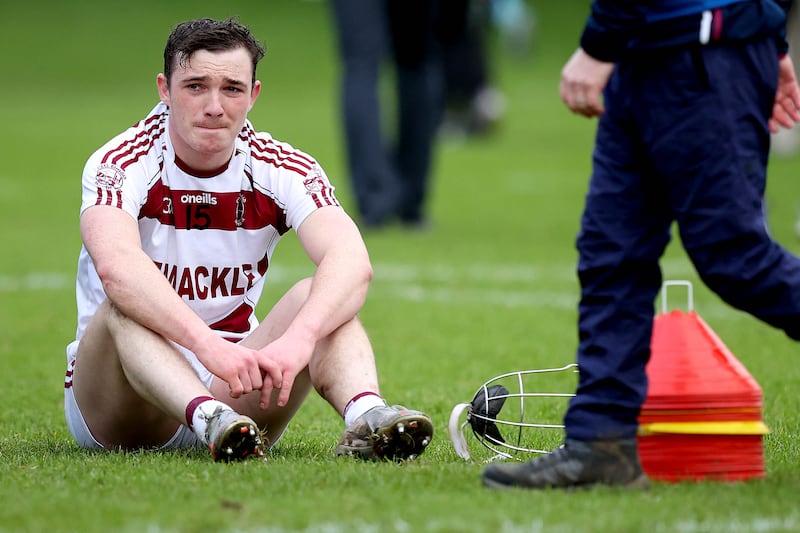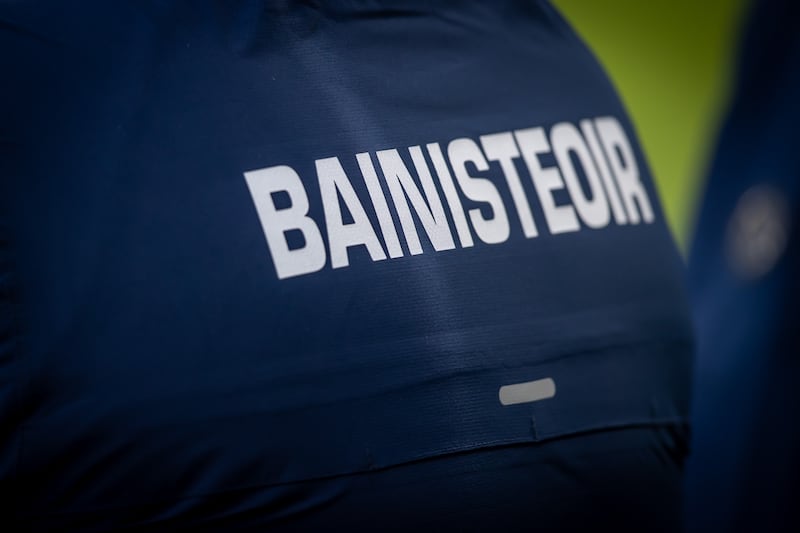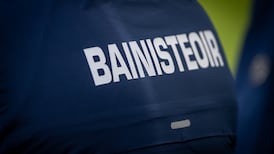One of the interesting things about watching Limerick’s systems inexorably rebooting in the league is to wonder where this will take them.
Under John Kiely, they haven’t been as obvious a league team as Kilkenny were during their supremacy. But, like Brian Cody’s teams, Limerick dance to their own music and if that involves waltzing off with league titles, so be it.
In fact, Kiely has won the same number of titles on offer during his first seven years as Cody did – three – and should a fourth in eight years be realised in a few weeks that too would match Kilkenny’s feat.
What is of interest is the radically changed hurling environment compared to two decades ago. The round-robin provincial championships on top of the split season scheduling have created minimal space between the end of the regulation league fixtures and the start of a now unprecedentedly intense championship.
Final frontier is the itch that remains to be scratched for Slaughtneil
Ciarán Murphy: One last year of togging out awaits, but I’ve caught the coaching bug
GAA ramps up efforts to tackle ‘unsustainable’ team costs with new licence motion
Tipperary’s Colin O’Riordan makes history as new Sydney Swans AFLW senior coach
In the two years these conditions have applied, the hurling league has been won by Waterford and Limerick.
What happened next has created a sense of unease about the advisability of lifting the spring silver. Waterford emerged with a win over Cork and a consensus that they would be Limerick’s closest pursuers. But they didn’t even make it out of the Munster round robin, losing to Limerick, Cork and Clare by a perfect geometric progression of three, six and 12 points.
The postmortem focused on the league and how it could have been so misleading – to the extent that the victory, which was after all only the county’s fourth, became almost a causal factor.
Limerick’s fortunes last year added to the scepticism for all, as the county rounded off the season with what was just the third All-Ireland four-in-a-row in hurling history.
The champions had however never looked as vulnerable as they did in the provincial round robin series, failing to win half of their matches and, in the finale, pipping Cork by a point when defeat would have seen them exit the championship.
Inevitably, once they got to the final, the old instincts kicked in and Clare were narrowly beaten, ensuring Limerick advanced straight to the All-Ireland semi-finals.
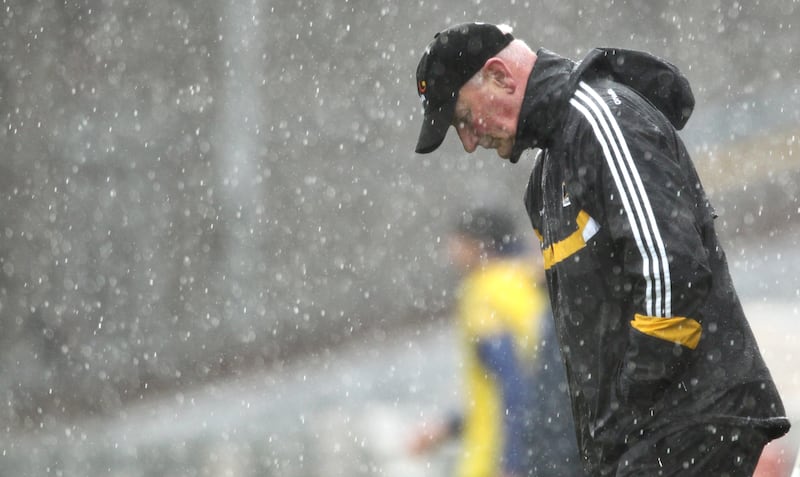
So, was the league a hindrance in their round-robin championship displays or had they simply done what they needed to, to keep going?
Outcome governs analysis. Limerick did what they felt they needed to do at various stages of the season, which makes the league neither a logical building block for All-Ireland aspirations nor kryptonite for those ambitions.
Kilkenny proved that in their time. Win it and the double was on, recognition of their dominance. Not to win it was at times almost to place an asterisk over that year’s title.
Galway won in 2004 but Kilkenny annihilated them in the All-Ireland qualifiers.
They lost two league finals. Waterford beat them in 2007 but failed again to reach the All-Ireland and 12 months on when they eventually did hit that target, Kilkenny’s final romp made the Galway qualifier look like a cliffhanger.
In 2011, Dublin had a landmark win over Kilkenny in the league final. By the time of the Leinster final a few weeks later, they never looked like winning. Both years, Kilkenny went on to lift Liam MacCarthy.
In other words, the league meant exactly what Kilkenny intended it to mean.
It hasn’t been exactly the same for Limerick, though, as their starting point was different: no All-Ireland in 45 years before they eventually won it, as opposed to Kilkenny’s aristocratic, few a decade.
Then there was the disruption of Covid and the challenge – not taken up – of contesting a league, having won the All-Ireland in December and being unable to train for months.
They have found their own rhythm through league and championship and, this year, that has simply been about winning all their matches. Watching them gradually put things right against Tipperary and beat them by more than the scoreboard allowed was to get a sense of deja vu about the coming championship.
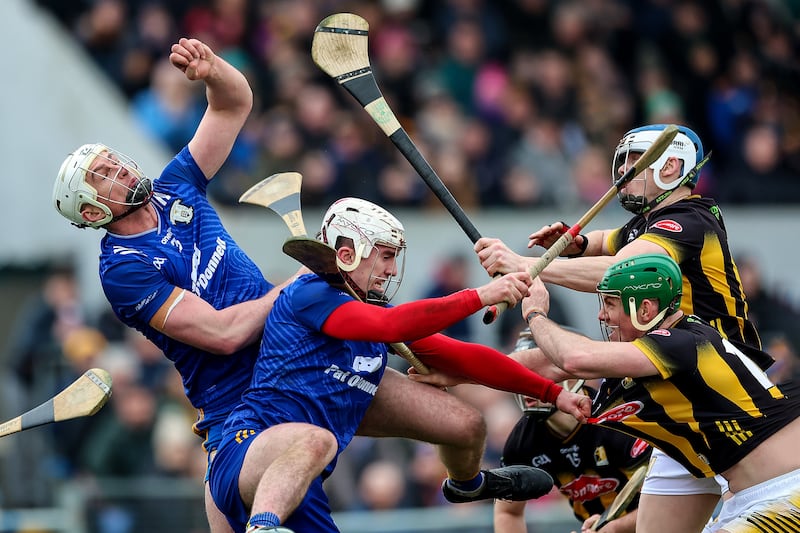
For other teams, what does the league mean? This year has been unusually competitive with places in a new improved Division 1A on offer.
The one side to push Limerick all the way has been Clare, who have actually topped the Munster round robin for the past two years. Croke Park and Kilkenny have proved unforgiving but Brian Lohan’s team have been persistent and unbeaten by Limerick in the last two years’ round robin matches.
This league, he has taken a look at a lot of young players with a view to developing panel depth and is so far unbeaten.
Tipperary were unable to get closer to Limerick than they did on Saturday evening in Cork and at this stage are locked into what looks like an abusive relationship with the champions.
Galway are unlikely to make the semi-finals given their final match against Limerick and Tipperary’s, against point-less Antrim.
Wexford have been prone to mood swings. Two years ago, they won all of their group matches before Waterford dismantled them in the semi-finals. They did have a decent championship, beating Kilkenny in Nowlan Park and giving a good account of themselves in the All-Ireland quarter-finals.
Last year they had a terrible league and followed it with a terrible championship so, on balance, you’d imagine that the current unbeaten record – with Cork to come – is more encouraging than 12 months ago with its abject results, followed by requiring another win over Kilkenny simply to stay out of the McDonagh Cup.
The relevance of the league to winning All-Irelands may be entirely at Limerick’s discretion but that’s not to say it won’t enhance moods and seven counties will be looking forward to the summer with renewed enthusiasm.


